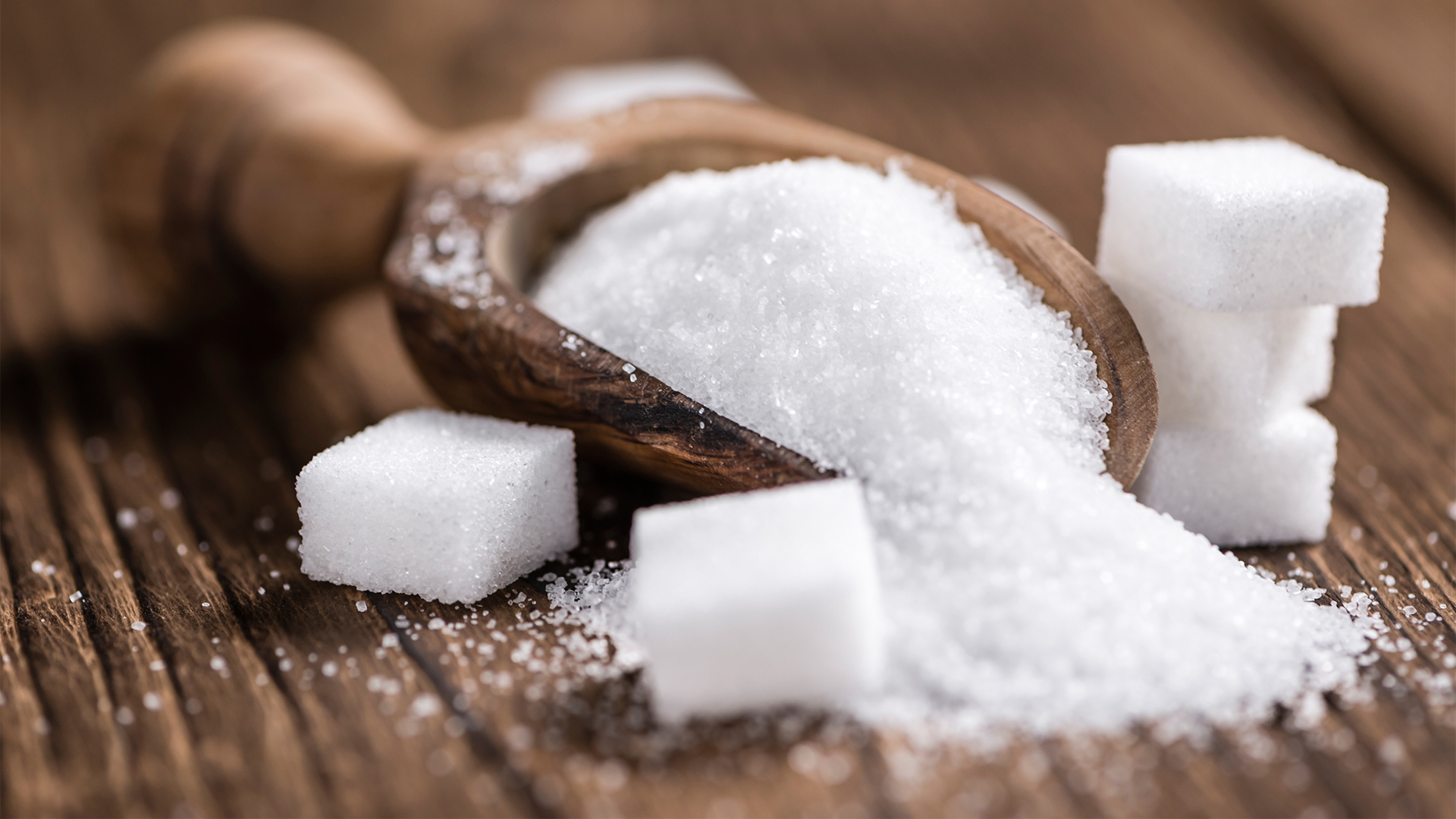8 Times More Addictive Than Cocaine: The Bitter Truth About Sugar’s Brain Hijack

Sugar, often disguised as a harmless indulgence, is now revealed to be 8 times more addictive than cocaine . With the average person consuming 77 grams daily triple the WHO’s recommendation this addiction drives obesity, diabetes, and mental health crises. Behind its sweet facade lies a neurochemical trap, exploiting the same pathways as narcotics. This article exposes sugar’s sinister grip on the brain and offers science-backed strategies to reclaim control.
The Neuroscience of Sugar Addiction
How Sugar Hijacks the Brain
Sugar triggers dopamine release in the limbic system , the brain’s reward center, creating a cycle of cravings . Unlike natural foods, refined sugars deliver intense, rapid rewards that overwhelm neural pathways.
The Cocaine Comparison
Studies show rats prefer sugary water to cocaine, even when pre-addicted to drugs. Sugar’s hyper-palatability surpasses cocaine’s reward value, making it uniquely addictive .
Tolerance and Withdrawal
Chronic consumption dulls dopamine receptors, requiring more sugar to achieve the same “high,” mimicking drug dependency.
Why Sugar Outcompetes Cocaine
Evolutionary Exploitation
Humans are hardwired to crave energy-dense foods. Sugar exploits this survival mechanism, flooding the brain with 200% more dopamine than cocaine.
Accessibility and Social Acceptance
Unlike illicit drugs, sugar is cheap, legal, and omnipresent in processed foods, enabling unchecked consumption.
Stealthy Reinforcement
Hidden sugars in bread, sauces, and snacks create unconscious dependency, making avoidance nearly impossible.
Health Consequences: Beyond the Waistline
Physical Toll
Sugar addiction correlates with:
Obesity : Linked to 4 million deaths annually worldwide. Type 2 Diabetes : Accounts for 90% of cases , driven by insulin resistance . Liver Damage : Fructose overloads the liver, causing fatty liver disease in 25% of adults.
Mental Health Crisis
Sugar worsens: Depression : High-sugar diets increase risk by 44%. Anxiety : Blood sugar spikes and crashes amplify stress hormones . Cognitive Decline : Linked to 30% faster memory loss in seniors.
Breaking the Cycle: Strategies for Recovery
Dietary Interventions
Eliminate Hidden Sugars
Avoid processed foods; opt for whole fruits, nuts, and vegetables to stabilize cravings.
Protein and Fiber Pairing
Combine carbs with protein (e.g., apple with peanut butter) to slow glucose absorption.
Behavioral Changes
Mindful Eating
Practice portion control and savor each bite to reconnect with satiety signals.
Hydration
Thirst mimics hunger; drink water or herbal tea to reduce false cravings.
Environmental and Policy Shifts
Tax Sugary Drinks
Countries like Mexico saw 7.6% declines in soda sales after implementing taxes.
Ban Marketing to Children
Restrict ads for sugary cereals and snacks to combat early addiction.
The Role of Trauma and Society
Emotional Drivers
Stress and trauma fuel sugar dependency:
Comfort Eating
Cortisol drives cravings for high-sugar “comfort foods,” creating a vicious cycle.
Cultural Normalization
Social events and holidays glorify sugar, embedding it in emotional rituals.
Conclusion: Reclaiming Control
Sugar’s addictive power rivals and surpasses illicit drugs, but awareness and action can break its hold. By understanding the neuroscience, adopting healthier habits, and advocating for systemic change, we can combat this silent epidemic.
